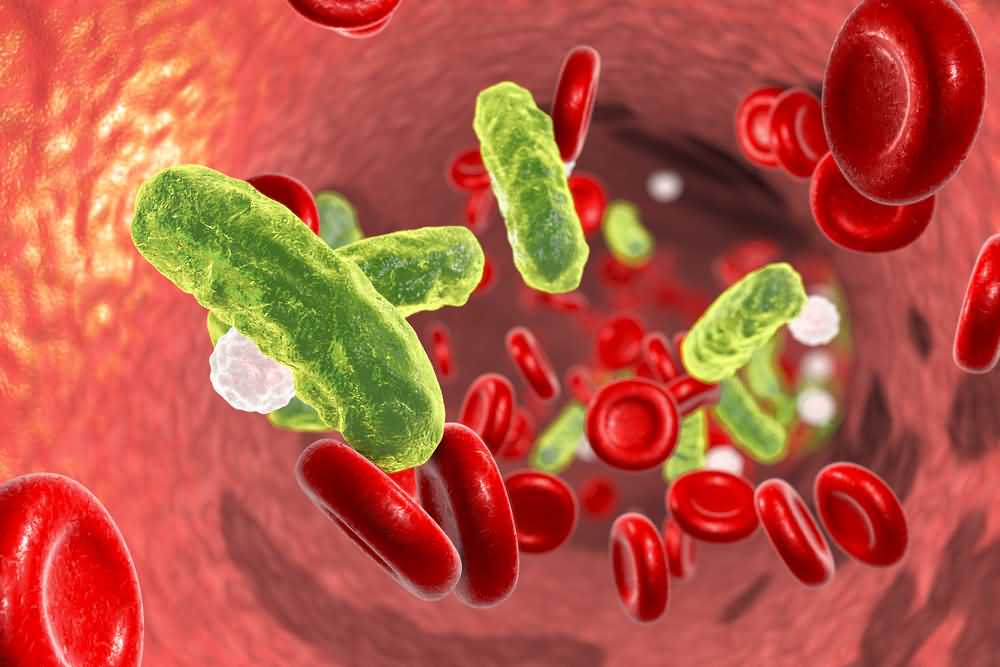13. Sepsis

In extreme cases of severe infection, if treatment is ineffective and the infectious agents enter the patient’s bloodstream, sepsis may develop.
Sepsis is a syndrome of life-threatening, abnormal physiological responses associated with severe infection. These abnormalities are almost always secondary to an excessive immune response to the infection, which ends up damaging the patient’s own tissues and leading to multiple organ failure.
Sepsis is one of the most frequent causes of death from infection, despite advances in antibiotic medicine, Sepsis has a hospital mortality rate ranging between 30 and 60%.
» Conclusion

There are various pathogenic factors that determine the risk of getting a UTI, and these include alterations of the urinary flow, hormonal fluctuations, changes to the urethral or genital epithelium, hygienic habits, the presence of a urinary catheter, pregnancy, and diabetes. There is also a genetic predisposition factor involving the expression of ABO group antigens on the surface of epithelial cells, such that patients who have a family history of UTIs are significantly more at risk of developing recurring infections of the urinary tract.
When a female patient meets the criteria for the presence of uncomplicated urinary tract infection, it is not typically necessary to perform urine culture. Detecting pyuria is sufficient to initiate a single dose or short-term antibiotic treatment. There is evidence that short treatment is more effective for UTI.
In men, UTIs should be considered carefully because of the inherent risk of prostatic tissue invasion. The greatest risk factors in young men are homosexuality, intercourse with a woman that has an active UTI, and having uncircumcised phimosis.
References
Foxman, B. (2010). The epidemiology of urinary tract infection. Nature Reviews Urology, 7(12), 653.
Kunin, C. M., & Kunin, C. M. (1997). Urinary tract infections: detection, prevention, and management (Vol. 419). Baltimore: Williams & Wilkins.
Hooton, T. M., & Stamm, W. E. (1997). Diagnosis and treatment of uncomplicated urinary tract infection. Infectious Disease Clinics, 11(3), 551-581.
Kass, E. H. (2002). Asymptomatic infections of the urinary tract. The Journal of Urology, 167(2), 1016-1020.
Lipsky, B. A. (1989). Urinary tract infections in men: epidemiology, pathophysiology, diagnosis, and treatment. Annals of Internal Medicine, 110(2), 138-150.
Hooton, T. M. (2001). Recurrent urinary tract infection in women. International journal of antimicrobial agents, 17(4), 259-268.


